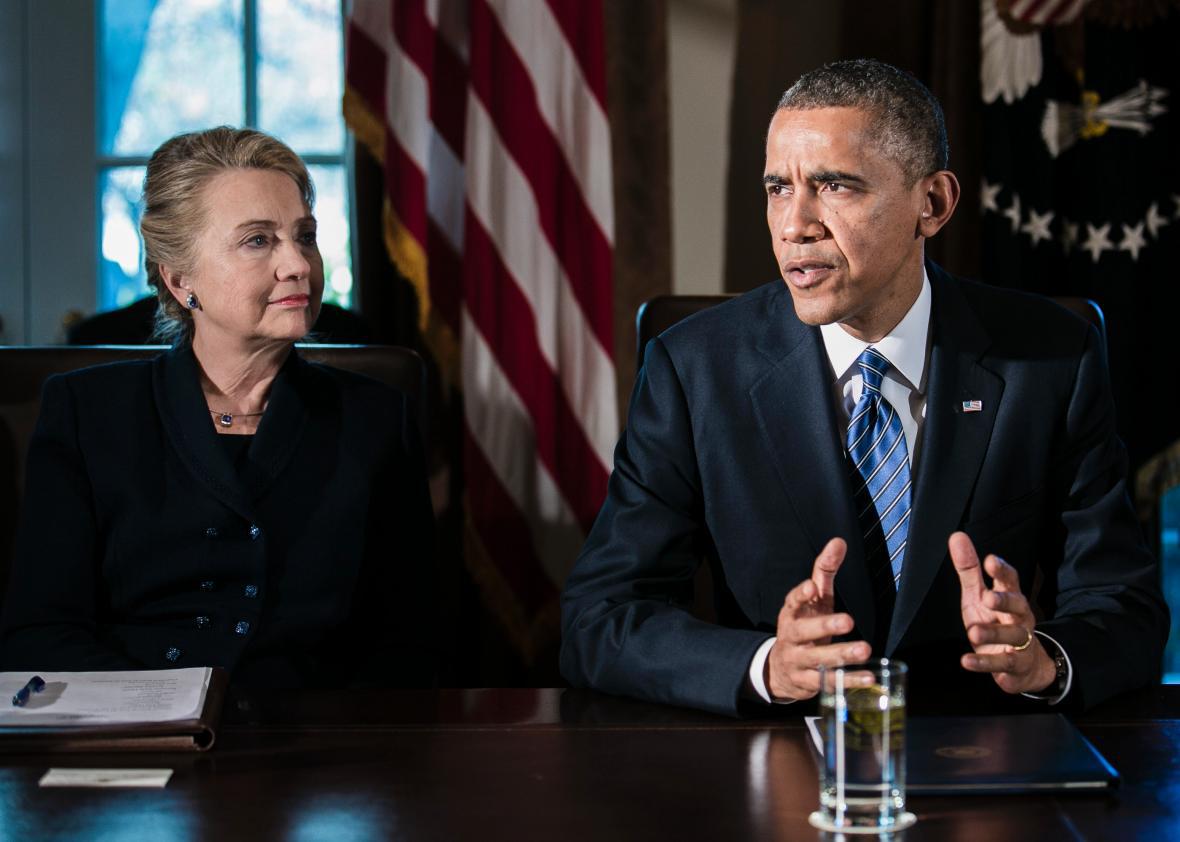For some inexplicable reason, President Trump’s personal lawyer is tweeting about North Korea:
Trump has also said that “strategic patience with the North Korean regime has failed,” and Secretary of State Rex Tillerson has declared the “era of strategic patience” over. The next time this comes up at a press conference by an administration official, it might be worth asking that person to define strategic patience and how Trump’s own policy differs.
It makes sense that Trump’s team is blaming its predecessor: Obama’s efforts to stop North Korea’s nuclear advancement obviously didn’t work. To be sure, the Obama foreign policy team didn’t do itself any favors by employing cryptic Taoistic phrases like strategic patience and leading from behind to describe its policies. The phrase strategic patience actually predates Obama—William Safire wrote an On Language column about it in reference to the Clinton administration’s Russia policy.
Contra Sekulow, in the North Korea context, strategic patience does not mean negotiating with North Korea. It means the opposite. The six-party talks over North Korea’s nuclear program—involving China, Japan, North Korea, Russia, South Korea, and the United States—broke down in 2009, and since then there’s been little sustained diplomacy between Washington and Pyongyang. There was a brief deal in 2012 under which North Korea agreed to halt its nuclear program in exchange for food aid, but that quickly broke down weeks later after a North Korean satellite launch, seen as a thinly disguised missile test.
By and large, the Obama policy was to refuse to offer incentives to North Korea to return to the negotiating table. This was meant to avoid the cycle that characterized much of the Bill Clinton and George W. Bush years, under which North Korea would continually ramp up the pressure, only to offer concessions in exchange for aid. Obama believed that a regime as isolated and backward as North Korea’s would eventually “collapse”—not the only time he drastically underestimated a rival’s hardiness.
The Obama administration actually rejected a North Korean offer to restart negotiations in 2015 because it did not address the denuclearization of the Korean peninsula.
The main approach of the last four years of the Obama administration was to push for more international sanctions, covertly sabotage North Korea’s missiles, provide defense systems to North Korea’s neighbors, and call on China’s leaders to do more to pressure Kim.
Is this starting to sound familiar? A number of observers have pointed out that there’s more continuity between the Trump and Obama approaches than you might think. This makes sense given that avoiding direct confrontation with North Korea is probably the only option for avoiding a body count in the tens of thousands if not more. And despite the rhetorical fire and fury unleashed by the president Tuesday, more level-headed officials like Tillerson are indicating that the U.S. policy on North Korea hasn’t changed. One might even call that policy “strategic patience (plus tweets).”
